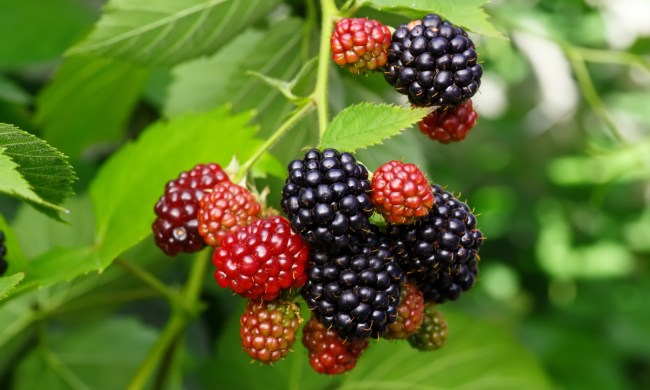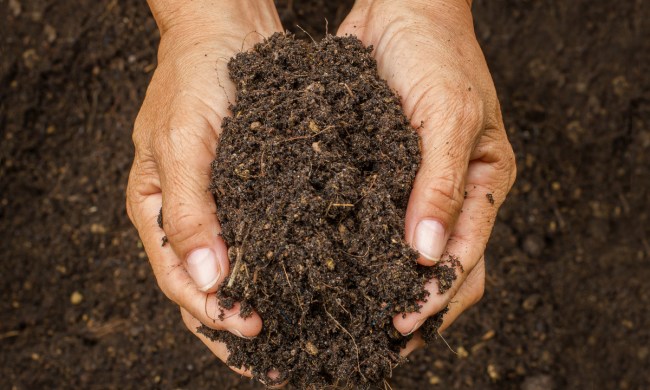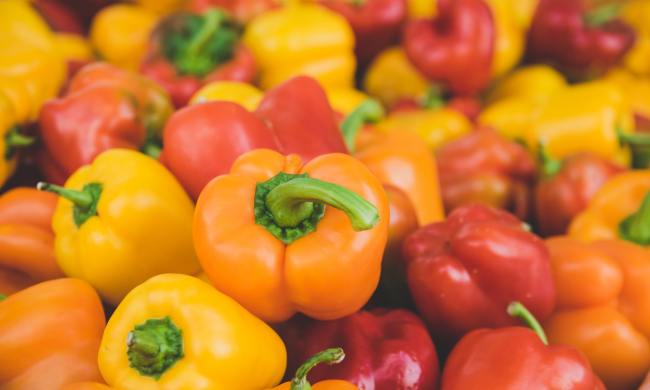Bananas are a delicious, nutritious, and versatile fruit. If you’re a fan of bananas, you might be interested in growing your own banana tree. These tropical trees can be grown easily in greenhouses for a hearty harvest of bananas. If you’ve planted your own banana trees, you might be wondering how long you’ll have to wait before you can enjoy your fresh bananas. When do banana plants fruit, and what should you do if your banana tree isn’t growing any fruit? We’ll answer all your banana questions so you know what to expect from your banana tree’s harvest.
How long does it take banana trees to mature?
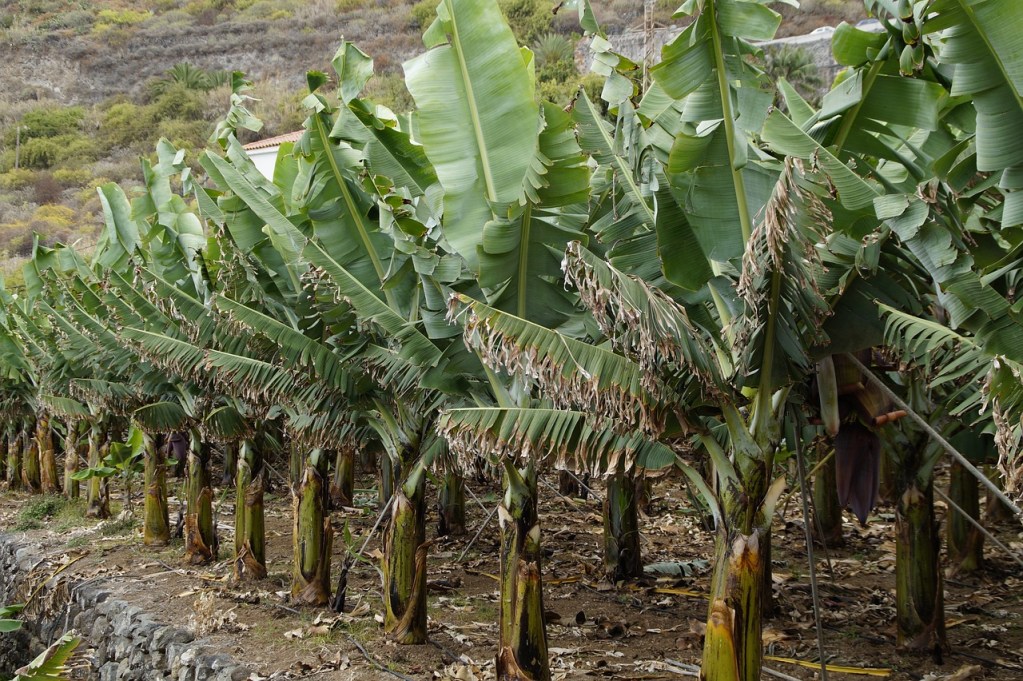
Banana trees are interesting, as they aren’t technically trees. They’re actually herbaceous perennials, which is helpful since we no longer grow bananas from seeds. Instead, the roots of a banana tree send up a sucker, or smaller but still attached, plant. These suckers are then separated from the parent tree and planted elsewhere, to grow into a mature plant on its own.
In total, it takes between 9 and 15 months for a banana tree to fully mature. However, banana trees can take longer, depending on the specific variety of bananas you’re growing and whether all of its needs are being met. Lack of light, incorrect climate, and nutrient deficiencies can slow banana tree maturation significantly.
When are bananas ready for harvest?
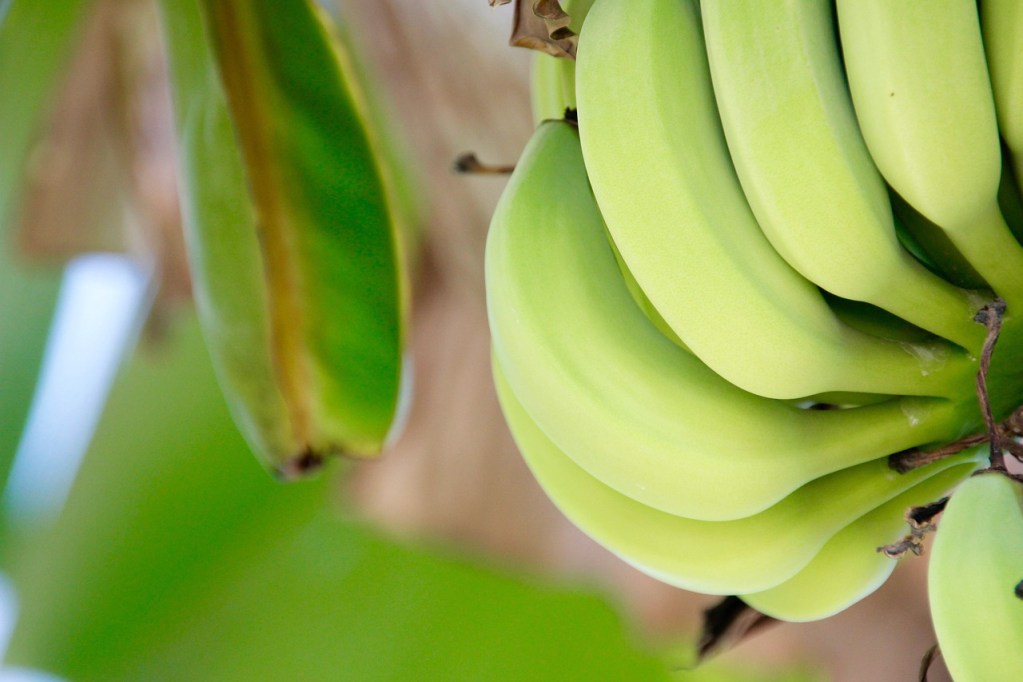
Once your banana tree is fully mature, it can begin to produce fruit. The first sign of fruiting is flowers. Banana flowers are fairly large and are an interesting shade of dark purple, so they’re hard to miss. These flowers begin appearing in mid to late spring, although they can also form in early summer if you had a late winter. The first flowers to appear are the female flowers, which are the ones that form fruits. Keep an eye on those flowers and you’ll have a good estimate of when your bananas will be ready to harvest.
Bananas take three to four months to form after the female flowers are pollinated. Typically, this means that your bananas will be ready to harvest in late summer or early fall, depending on when your tree began to flower. Growing time can also vary between banana varieties, so be sure you know what kind of banana you’re growing.
Best care practices to ensure banana trees fruit

One of the most important things for banana trees is temperature. Bananas are native to the tropics, where the weather is hot and humid. Cold weather can stunt their growth or even damage them. If you live in a colder region, consider growing a smaller banana variety in a container. Building a windbreak and using plenty of mulch can also help.
Banana trees need a lot of light. Cold can kill a banana plant, but inadequate light slows its growing speed, and results in a much longer wait time for fruit. A grow light can help with indoor banana trees, but the easiest solution for outdoor trees is to choose a sunny planting location.
Make sure the soil your banana tree is in is rich, loamy, and well-draining. Although banana trees need a lot of water, it’s still possible to overwater them if they’re in poor-draining soil. The soil should also be nutritionally dense. Adding compost or banana-specific fertilizer fairly regularly can help you ensure a good harvest.
How to harvest bananas, and what happens afterward?

Depending on the specific variety of bananas you’re growing, size may or may not be a good indicator of harvest time. Instead, look for a hand, or group, of bananas that have stopped getting thicker. The upper layer of bananas in the hand should change to a lighter shade of green. Remember that bananas will ripen after harvest, and green bananas are still edible, so harvesting them a little too early will result in smaller, but not inedible, fruit.
Using a sharp, clean knife or pair of garden shears, cut the entire hand off of the tree. Leave some of the stem at the top of the hand for an easier time carrying it. Depending on the size of your tree, you may need to use a ladder to harvest the bananas. Be careful when securing and climbing the ladder. It’s easier if you have someone to stand by who can hold the bananas while you climb down.
After harvesting the bananas, your tree may appear to die. This is because each stem of the banana plant only fruits once. However, the plant itself will remain alive. Any suckers your tree has put out will grow and fruit as well. The stem that just finished fruiting can be cut down, both to give the next stem room to grow and to help your plant conserve energy.
How much fruit do banana trees produce?

If you’ve ever seen a banana tree in the middle of growing fruit, you’re already aware that banana plants produce a lot of fruit. The range you can expect depends on the type of banana tree you’re growing and the quality of care your plant is receiving. Full-sized banana tree varieties can produce roughly 200 bananas each year with proper care. Dwarf varieties produce around half as many bananas, but 100 bananas is still quite a large harvest.
Will a potted banana plant produce fruit?

Technically, yes, a potted banana tree can produce fruit. However, it is less likely to grow fruit than a banana tree planted in the ground. This is due primarily to a lack of light, nutrients, and space. Banana trees can survive indoors, but producing fruit takes a lot of energy. If the amount of energy it can absorb through sunlight and the soil is limited, then your harvest will also be limited.
There are ways to circumnavigate this, though. Choosing a dwarf variety that needs less space will allow your banana tree to reach its mature size while in a container. Using a grow light and fertilizing your banana tree will also help improve your odds. You can also grow a potted banana tree in a greenhouse to make use of natural sunlight.
With all this in mind, you’re ready to help your banana tree produce delicious fruit for your smoothies or snacks. Pay close attention to the needs of your plant, and keep an eye out for any suckers that form near your original plant. With patience and proper care, you’ll have plenty of fresh bananas before you know it!


